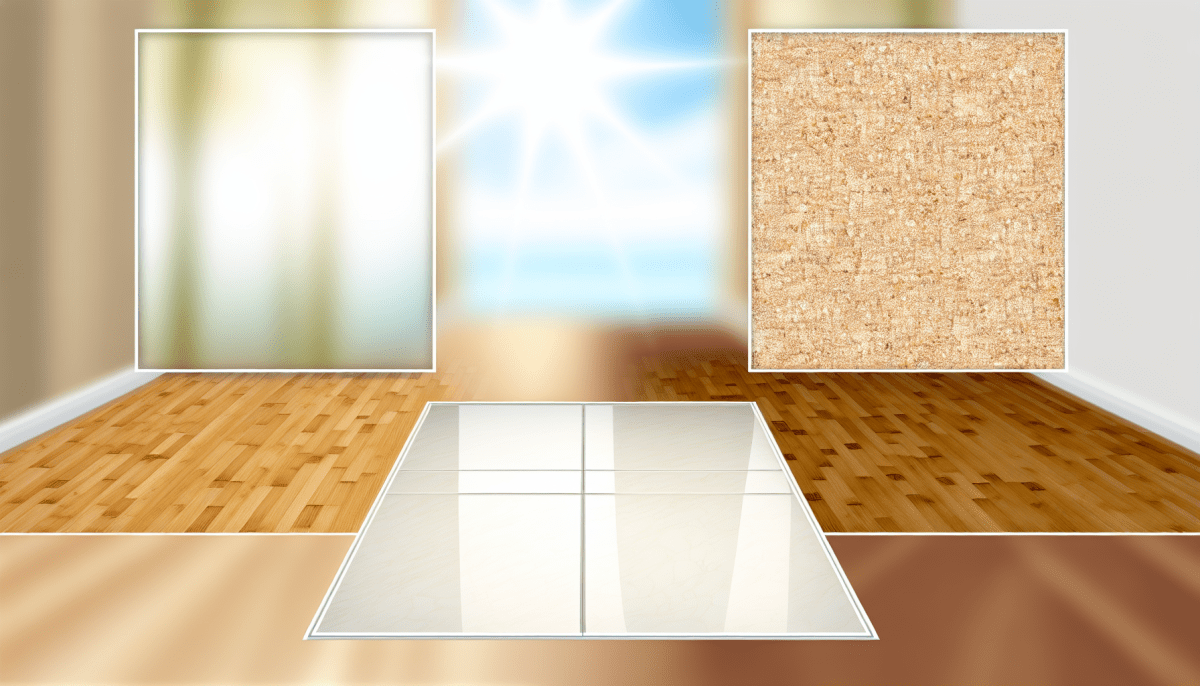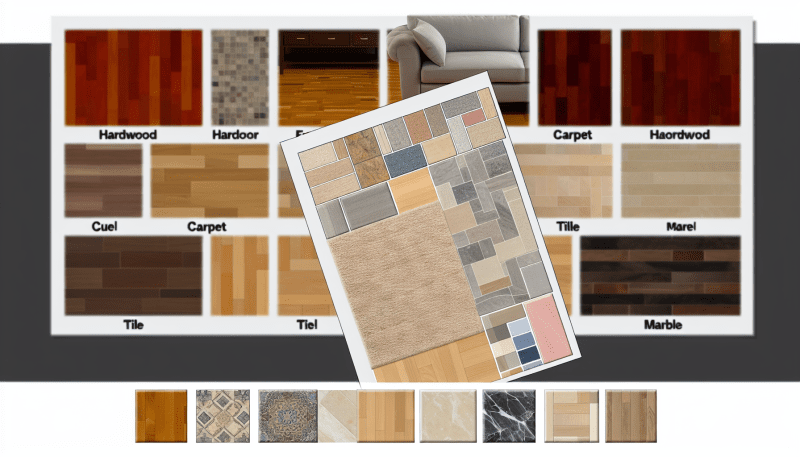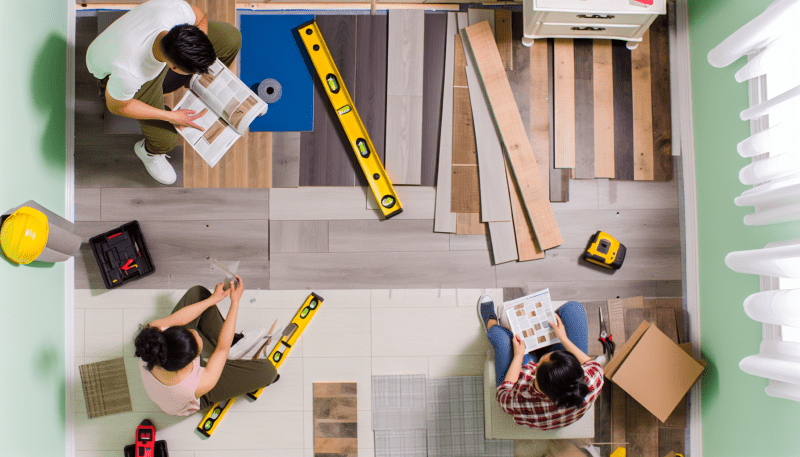If you or someone in your home suffers from allergies, picking the right flooring is a game changer. Certain materials can trap dust, pollen, and pet dander, making it harder to breathe easy. That’s why it’s important to know what the best flooring for allergies is. Let’s break down your options!
First up are hard surface floors, like tile or hardwood. These types don’t trap allergens like carpets do. They’re super easy to clean—just sweep or mop, and you’re good to go. If you’re worried about cold feet in the winter, consider adding area rugs that are washable and hypoallergenic.
Next, consider vinyl and laminate floors. They mimic the look of wood or tile but are often more budget-friendly and even easier to maintain. Make sure you choose low-VOC (volatile organic compounds) options to keep indoor air quality in check, as some products can release harmful chemicals.
Remember to think about your lifestyle, too. If you have kids or pets, look for a flooring material that can withstand wear and tear while still being easy to clean. The best flooring for allergies should not only help keep allergens at bay but also fit your daily life without a hassle.
Top Allergy-Friendly Flooring Options
When it comes to the best flooring for allergies, you want options that minimize dust, pet dander, and other allergens. Here are some top choices that can help keep your home healthy and allergy-friendly:
Each of these options brings its own set of benefits when you’re searching for the best flooring for allergies. They’re not only stylish but also functional for keeping your indoor air clean and allergen-free. Don't forget to pair your new flooring with regular cleaning to maximize its allergy-fighting power!
How to Clean Your Allergy Flooring
Cleaning your allergy flooring is essential to keep allergens at bay. If you’ve chosen the best flooring for allergies, you’re already on the right track, but regular maintenance is key. Here’s how to make sure your space stays fresh and clean.
1. Sweep Regularly: Start with a good sweeping to get rid of dust and debris. Use a soft-bristle broom to prevent scratching your floor. Daily sweeping is ideal, but aim for at least a few times a week, especially in high-traffic areas.
2. Use the Right Vacuum: If you have hard surfaces, use a vacuum designed for them. A vacuum with HEPA filters will trap allergens and keep them from blowing back into the air. Make sure to vacuum regularly, ideally once a week, to keep your floors looking great and to reduce allergens.
3. Mop with Care: For those spills and sticky messes, a damp mop is your best friend. Use a cleaner that's safe for your specific flooring type. This helps lift dirt and allergens away without leaving behind harmful residues. Make mopping part of your cleaning routine about once a month.
4. Air Out the Room: After cleaning, open up windows to let fresh air circulate. Good ventilation can help clear out any lingering dust and allergens, making your home more comfortable. Remember, even the best flooring for allergies can’t combat poor air quality!
Tips for Maintenance and Care
Keeping your space allergy-friendly doesn't stop at choosing the best flooring for allergies; proper maintenance is key to making sure your home stays a haven for clean air. Here are some handy tips to help you care for your flooring and keep allergens at bay.
1. Regular Cleaning: Make it a habit to vacuum regularly with a vacuum cleaner designed for allergy sufferers. Look for one with a HEPA filter, as it will trap fine particles better than standard vacuums. If you have hardwood or laminate, a damp mop works wonders in picking up dust and allergens without leaving behind residue.
2. Address Spills Quickly: Accidents happen! If you spill something on the floor, wipe it up immediately. For carpets, gently blot the area with a clean cloth and a bit of water. This prevents stains and doesn’t give allergens a chance to settle in.
3. Monitor Humidity Levels: Keeping the humidity in check can make a big difference. Ideally, try to keep it between 30% and 50%. Using dehumidifiers or air conditioners can help, especially in areas prone to moisture, which can lead to mold and dust mites.
4. Use Rugs Wisely: If you love the warmth of area rugs, go for washable options. These can be cleaned more easily, helping you manage allergens without much hassle. Remember to wash them regularly to keep your space fresh.



